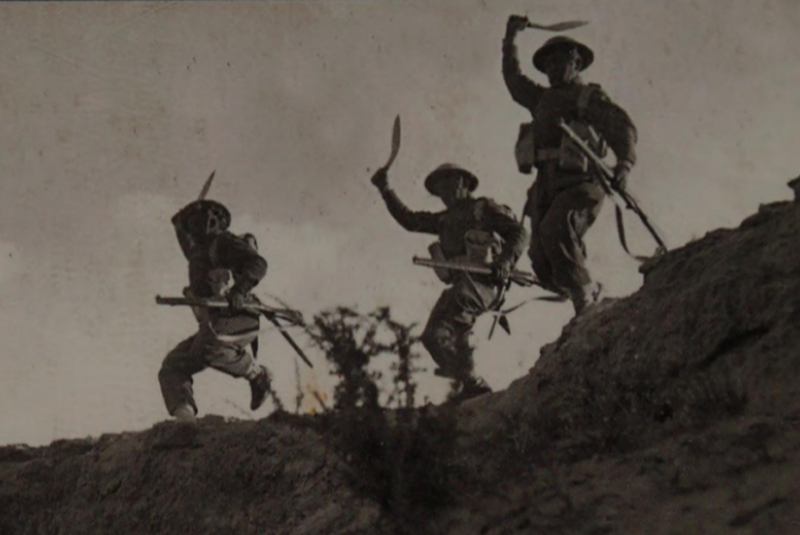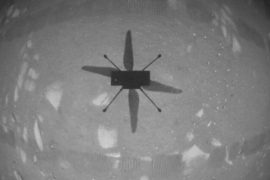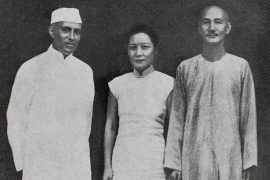General Erwin Rommel’s driver Rudolf Schneider was sharing the memoirs of war in the Libyan desert with the Independent when he mentioned,
Rommel enjoyed touring the front lines. We would go deep into the desert to explore. One time we came across 14 German soldiers who seemed asleep. When we got closer we saw each had his throat cut. Nearby we found a kukri – the knife of the British Gurkha soldiers. I still have that knife.
The Gorkhas have a strong reverence for the knife or kukri. It was believed, if drawn in a battle, the knife had to taste blood or the bearer had to cut himself before the blade returned to its sheath. It was in the Anglo-Nepalese War of 1814-16 that the British got their first taste of Gorkha valour.
After the fall of the Mughal Empire, during the mid-18th century, both the Gorkhas and the British had embarked on ambitious empire-building expansions into the Kumaon and Garhwal hills. These projects eventually resulted in the wars of 1814-16. While the Gorkhas, led by General Amar Singh Thapa, were defeated, their grit so impressed Sir David Ochterlony that on April 24, 1815, the surviving soldiers of Thapa’s army were constituted into the First Nusseree Battalion. The Nusseree Battalion was later known as the 1st Gurkha Rifles.
The Treaty of Sagauli further enabled the Gorkhas to join the British East India Company’s Armed forces. In 1815, James Baillie Fraser, who had travelled through Nepal and Himalayas, described the Gorkhas in his journal. He wrote:
-30-
Copyright©Madras Courier, All Rights Reserved. You may share using our article tools. Please don't cut articles from madrascourier.com and redistribute by email, post to the web, mobile phone or social media.Please send in your feed back and comments to [email protected]











